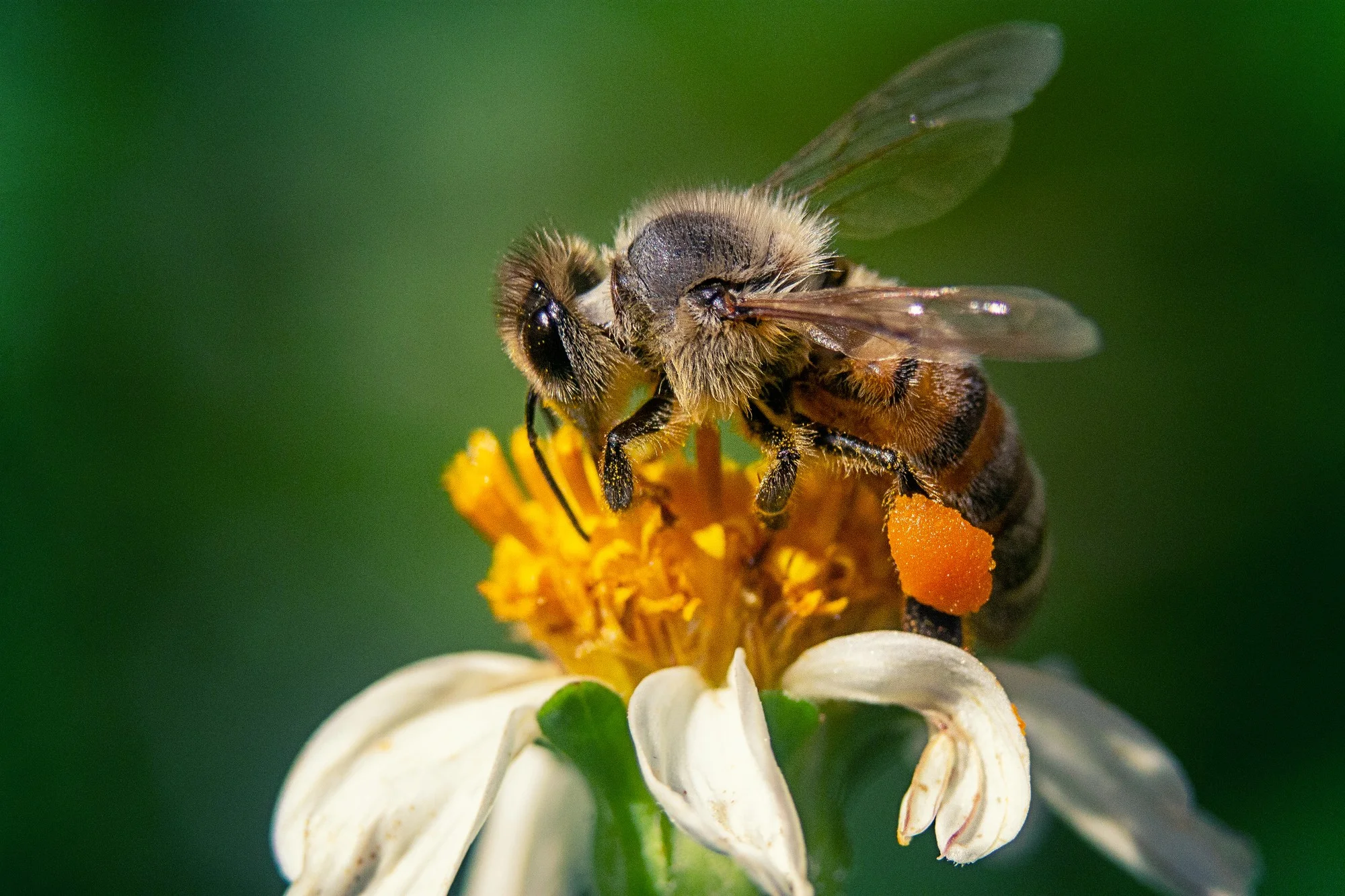The air buzzed with the industrious hum of bumble bees, their fuzzy bodies diligently darting from flower to flower amid the urban greenspaces. Yet, this seemingly idyllic tableau belies a silent threat that looms over these vital pollinators. A recent study published in The Science of the Total Environment journal has brought to light the acute toxicity and bioaccumulation of common urban metals in Bombus impatiens, the common eastern bumble bee, marking a significant concern for their survival and the ecosystems they support.
Keywords
1. Bumble Bee Toxicity
2. Urban Metal Contamination
3. Pollinator Bioaccumulation
4. Ecotoxicology Research
5. Environmental Biodiversity Preservation
The Threat to Urban Pollinators
Urbanization brings with it a cocktail of contaminants that pose a risk to the diverse species congregating within city landscapes. One such contaminant, metal pollution, is ubiquitous and insidious, seeping silently into the very lifeblood of our communities – the pollinators. Bombus impatiens, a vital component of urban ecosystems in the eastern United States, has now been shown to suffer from exposure to toxic metals such as cadmium, lead, and zinc.
The Research Study
In a groundbreaking study, researchers Sarah B. Scott, Roman Lanno, and Mary M. Gardiner from The Ohio State University have meticulously quantified the lethal concentration exposure limits for these metals in Bombus impatiens. The study, published on January 18, 2024, and carrying the DOI 10.1016/j.scitotenv.2024.169997, aimed to unveil the intricate interplay between metal exposure and bee health at various life stages.
The Full Scope of Metal Exposure
Bumble bees encounter metals during foraging activities, sipping nectar from plants rooted in contaminated soils, drinking water from polluted sources, and even through airborne particulates that settle on the vegetative surfaces they frequent. The researchers set out to unravel the mosaic of exposure pathways and understand how these toxins accumulate within the bee’s body over time.
The findings were alarming. The study concluded that the levels of metals commonly found in urban areas are capable of not only accumulating in the bees’ bodies but reaching concentrations that can lead to acute toxicity, affecting both individual bees and potentially the viability of entire colonies.
The Legacy of Legacy Cities
The study throws into sharp relief the challenges faced by legacy cities – urban areas with a history of industrial activity that have been left with a burden of persistent environmental contaminants. In these cities, vacant land often becomes the unintentional host to an array of pollutants, with metals lying in wait among the soil and flora.
Bioaccumulation and Bee Health Impacts
The process of bioaccumulation – where toxins like metals integrate into an organism’s tissues over time – was studied meticulously. Cadmium, in particular, was found to be highly toxic to Bombus impatiens, with the researchers recording starkly reduced survival rates during the bees’ development.
This research highlights the multifaceted nature of metal toxicity and its cascading effects on bee health. From developmental delays to reduced foraging effectiveness, the impact transcends the immediate physiological harm, potentially disrupting the entire spectrum of the bee’s life cycle and, by extension, the health of the ecosystems they pollinate.
Implications for Urban Ecology
The revelations from this study have implications that reverberate beyond the realm of entomology, prompting a deeper examination of the environmental policies and urban planning practices that govern our green spaces. The persistent nature of metal contaminants necessitates a proactive approach to mitigating exposure risks for bees and other critical pollinators.
Safeguarding Pollinators: A Collective Challenge
As cities sprawl and the landscapes of our urban environments evolve, the necessity to protect the creatures that underpin the health of our ecosystems becomes an ever more pressing priority. The fate of bumble bees, emblematic pollinators that weave the fabric of biodiversity into our world, is intrinsically linked to the choices we make about the environments we carve out amidst concrete jungles.
Call to Action and Future Research
In light of their findings, researchers stress the importance of continued study into the complex interactions between urban metals and bee health. There is an urgent need for strategies that limit bee exposure to metals, including the remediation of contaminated soils and the fostering of metal-free foraging areas.
References
1. Scott, S. B., Lanno, R., & Gardiner, M. M. (2024). “Acute toxicity and bioaccumulation of common urban metals in Bombus impatiens life stages.” The Science of the Total Environment, 169997. https://doi.org/10.1016/j.scitotenv.2024.169997
2. Geslin, B., et al. (2017). “The impacts of anthropogenic disturbances on the health of bees.” Ecology and Evolution, 7(11), 3543-3556.
3. Samuelson, A. E., Gill, R. J., Brown, M. J., & Leadbeater, E. (2018). “Lower bumblebee colony reproductive success in agricultural compared with urban environments.” Proceedings of the Royal Society B: Biological Sciences, 285(1881), 20180807.
4. Hladun, K. R., & Trumble, J. T. (2013). “Elevated levels of trace elements in honeybees collected from an apiary near a Los Angeles freeway.” Environmental Pollution, 182, 42-48.
5. Winfree, R. (2010). “The conservation and restoration of wild bees.” Annals of the New York Academy of Sciences, 1195(1), 169-197.
The revelation of the risks faced by bumble bees in our urban landscapes has rung an environmental alarm bell. As communities, policymakers, and researchers attend to this clarion call, the hope is that through collaborative efforts, we can reverse this toxic tide and ensure that the buzz of Bombus impatiens continues to grace our cities for generations to come.
